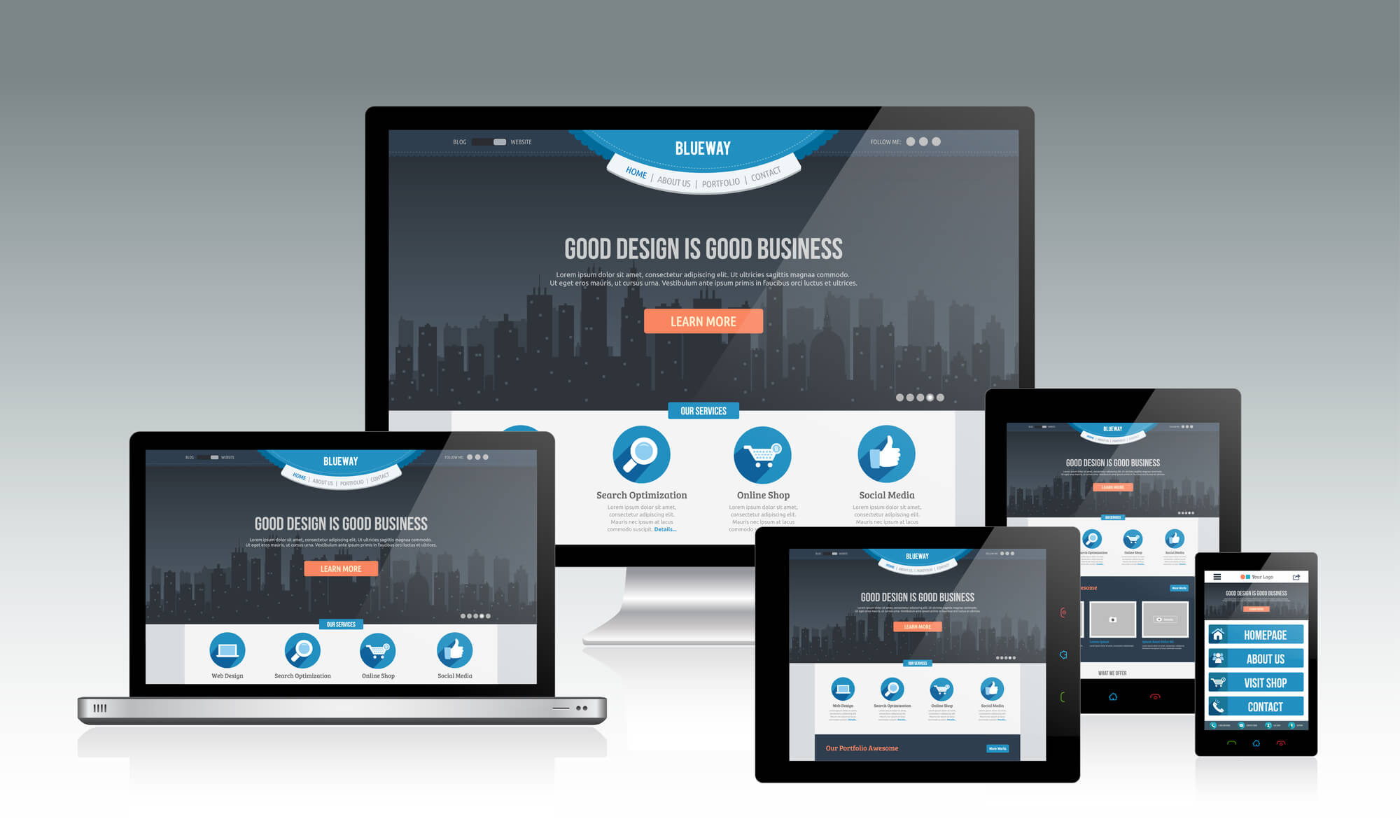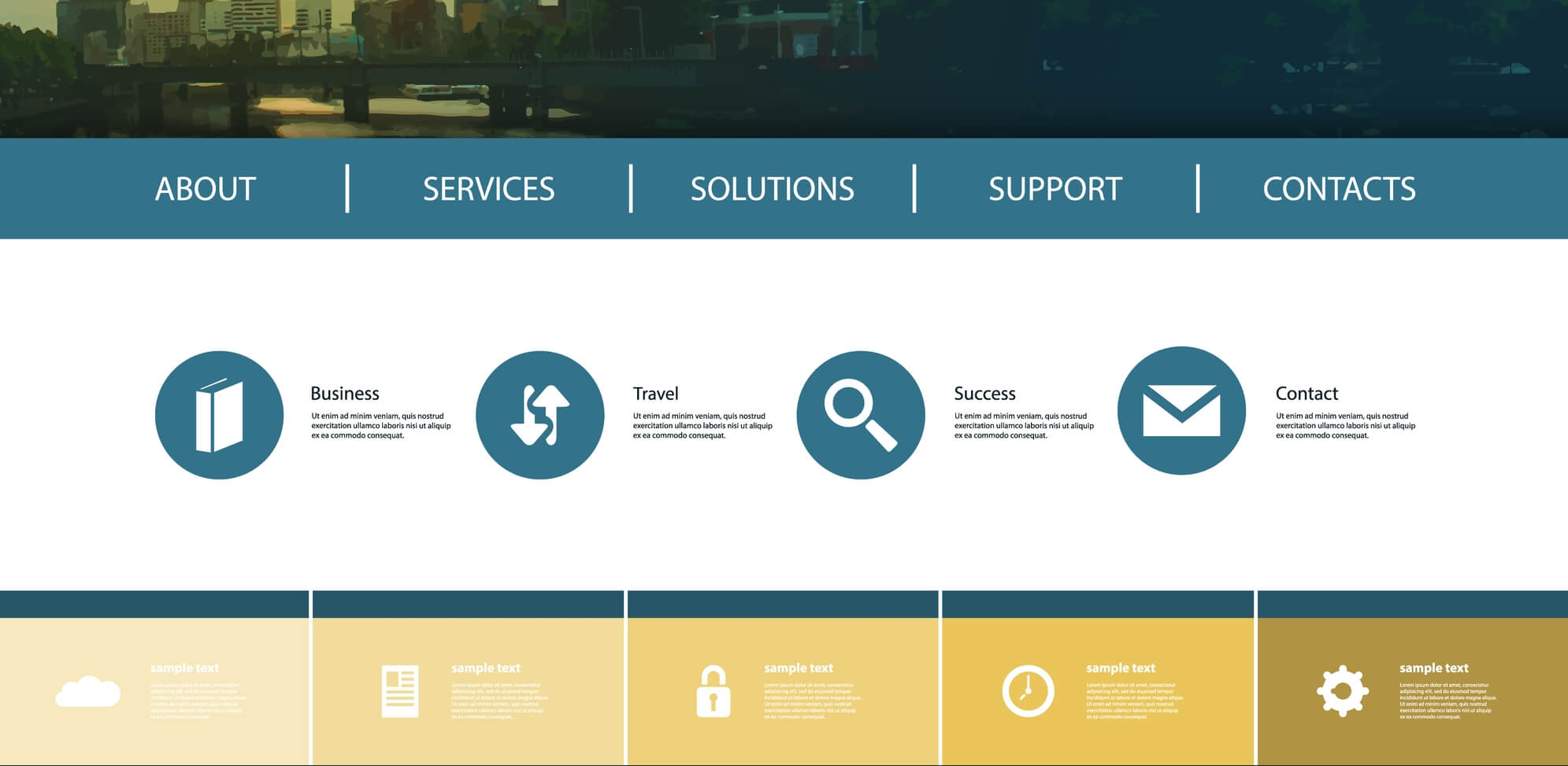Trust is the glue that binds us together. It’s the foundation on which human interaction is built. Without trust, we would be stuck relying on ourselves for survival–I don’t know about you, but I wouldn’t be able to survive on my own. For most people, everyday interactions, like texting a friend, or buying something at the store, are modern-day miracles.
Related Post: Is Your Online Brand Aligned With Your Personal Brand? ➢
“Brands are all about trust. That trust is built in drops and lost in buckets”
– Kevin Plank, Under Amour CEO
There is a great essay called I, Pencil, and I encourage you to check it out if you haven’t already. It’s a testament to the sheer depth and breadth of our modern global economy. It essentially states that there isn’t one person on earth who knows how to make a pencil, yet most of us can walk down the street and buy a pack of them for a couple of bucks.
It’s trust that facilitates these transactions between otherwise complete strangers. It’s trust that helps us make decisions on who to surround ourselves with every day. But trust can’t be bought, it must be earned over a lifetime.
It’s interesting to think about trust in 2018—during the ’90s, when the internet first came out, skeptics thought it would be too difficult for consumers to trust businesses on the internet with their information and credit cards. But it didn’t take long for a man named Pierre Omidyar to come along and flip the script on the naysayers.
Pierre created a website called AuctionWeb, a site “dedicated to bringing together buyers and sellers in an honest and open marketplace.” AuctionWeb started off as a side project for Pierre, but by 1997 there were over 2 million auctions and counting on the platform. Pierre soon had the brilliant insight to institute a rating system for buyers and sellers to rate each other, which was a signal of how trustworthy one was on the platform.
Today, AuctionWeb, now called eBay, is one of the largest marketplaces in the world with over 175 million buyers and 1 billion products listed. By implementing a rating system, eBay became the trusted third party that allowed buyers and sellers from all around the world to seamlessly transact for goods and services. The rating system is still the gold standard of trust today and can be found on popular apps like Airbnb, Uber, Yelp, Amazon, just to name a few.
Related Post: 4 Ways to Build an Effective Relationship With Your Marketing Agency ➢
Trust is the Foundation Upon Which Progress is Built
As trust becomes ever more important in the digital age, businesses must spend more and more time investing in building trust in their brand and their business. Recruiters can take a page from the eBay story, and build trust into their business strategy.
While getting referrals, recommendations, and testimonials is a great way to convince your leads to work with you, it’s even more important to build trust throughout the entirety of the buyer’s journey. In the second part of this blog, I’ll list a few ways that recruiters can build trust with their audiences and become the gold standard of service for their market.
If you’re working to build trust with your clients and candidates, Parqa is here to help strengthen your digital brand as a trusted recruiter.
Parqa Marketing is a digital marketing agency that works to transform your digital marketing efforts.




 It’s almost 2019, and your website serves as a window into your company, thus it needs to exude trust and credibility. Otherwise you run the high risk of handing your potential customers over to your competitors with better designed websites.
It’s almost 2019, and your website serves as a window into your company, thus it needs to exude trust and credibility. Otherwise you run the high risk of handing your potential customers over to your competitors with better designed websites. This is not a lot of time to soak in all the written content on your websites homepage.
This is not a lot of time to soak in all the written content on your websites homepage. A great CTA button can direct users, get them to take a desired action, improve conversion rates, and ultimately help your website achieve its defined objectives.
A great CTA button can direct users, get them to take a desired action, improve conversion rates, and ultimately help your website achieve its defined objectives. “That same study found that 46% of consumers base their decisions on the credibility of a website from its visual appeal & aesthetics.”
“That same study found that 46% of consumers base their decisions on the credibility of a website from its visual appeal & aesthetics.”  “47% of website visitors check out a company’s products/services page before looking at any other sections of the site.”
“47% of website visitors check out a company’s products/services page before looking at any other sections of the site.”  I can’t tell you how many times clients come to me asking to look at their website and give them feedback, and they have no dedicated contact form page, no phone number and/or email address prominently displayed and easily visible/ clickable on their website. And they wonder why people don’t contact them through their website or why their website doesn’t generate leads.
I can’t tell you how many times clients come to me asking to look at their website and give them feedback, and they have no dedicated contact form page, no phone number and/or email address prominently displayed and easily visible/ clickable on their website. And they wonder why people don’t contact them through their website or why their website doesn’t generate leads.








